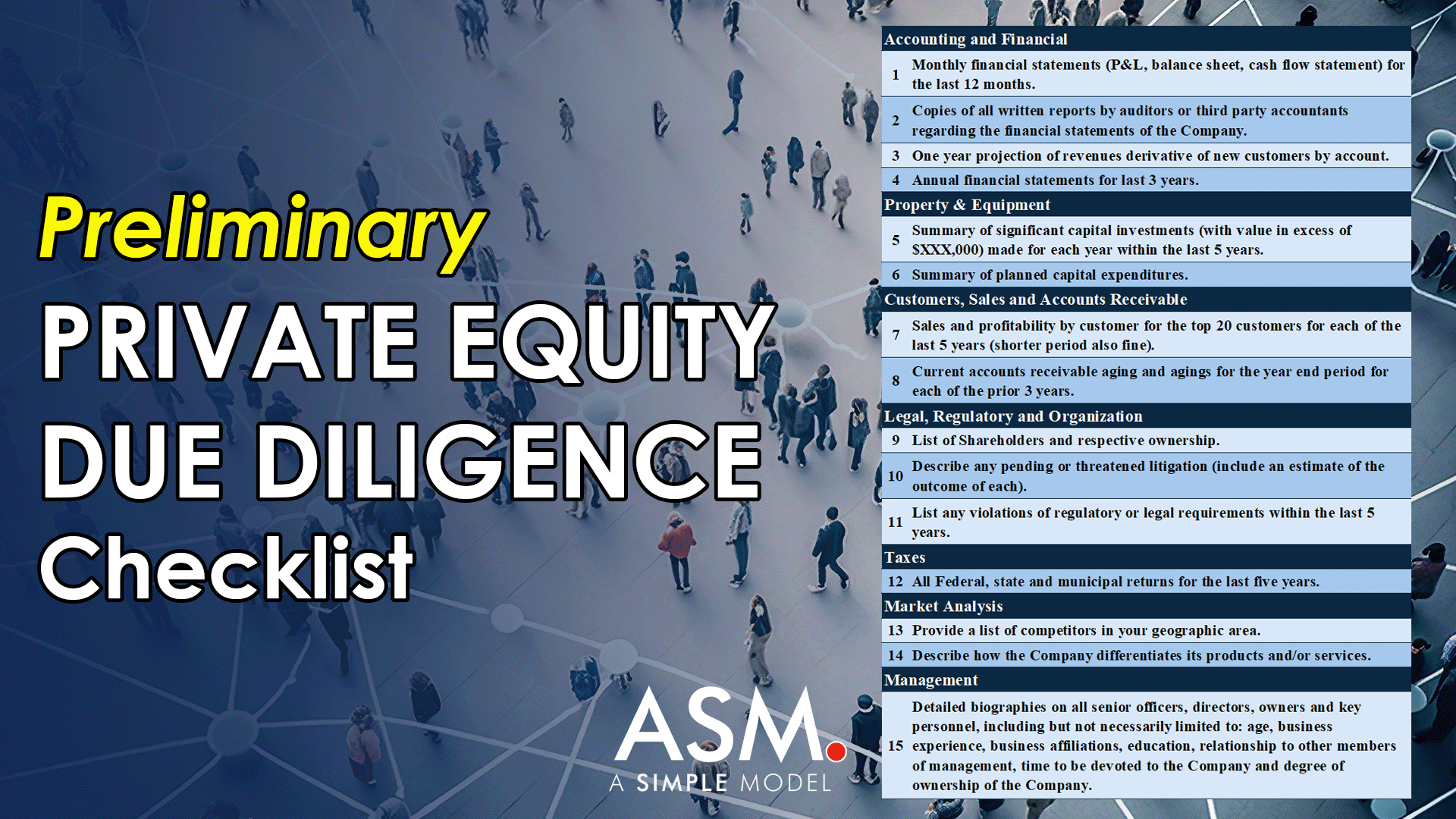Insights
Challenges Forecasting Private Equity Returns

Why professionals struggle to accurately forecast private equity returns for transactions the deal team is focused on.
Buying a Business: Your Minimum Due Diligence Checklist

In the private equity world, due diligence is a crucial part of evaluating a company for a potential acquisition. But to the business owner it can be an invasive and uncomfortable process. For situations like these, I developed a streamlined due diligence checklist. Click on the post to learn more.
Why is “Gstaad Guy” Fantastique?

Who is Gstaad Guy and what can we learn from him? How did he turn his “small” following into multiple businesses?
What Investors Look for in a Private Equity Deal

What investors look for in a private equity deal. Variables to consider when you are investing directly in a private company.
What is the Future of Financial Modeling with AI?

What is the future of financial modeling in an AI-powered world? How will the financial modeling skill set change with this new technology?